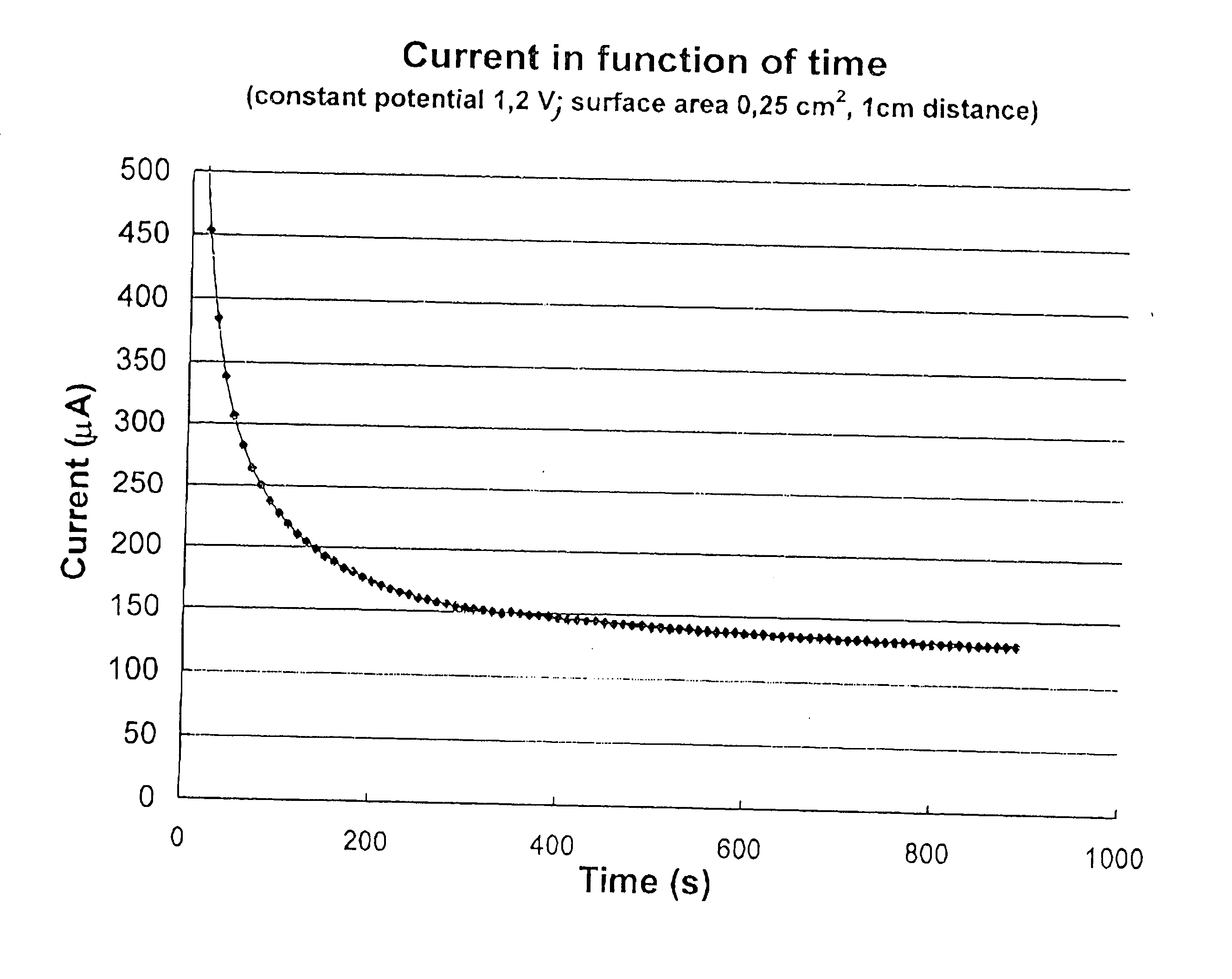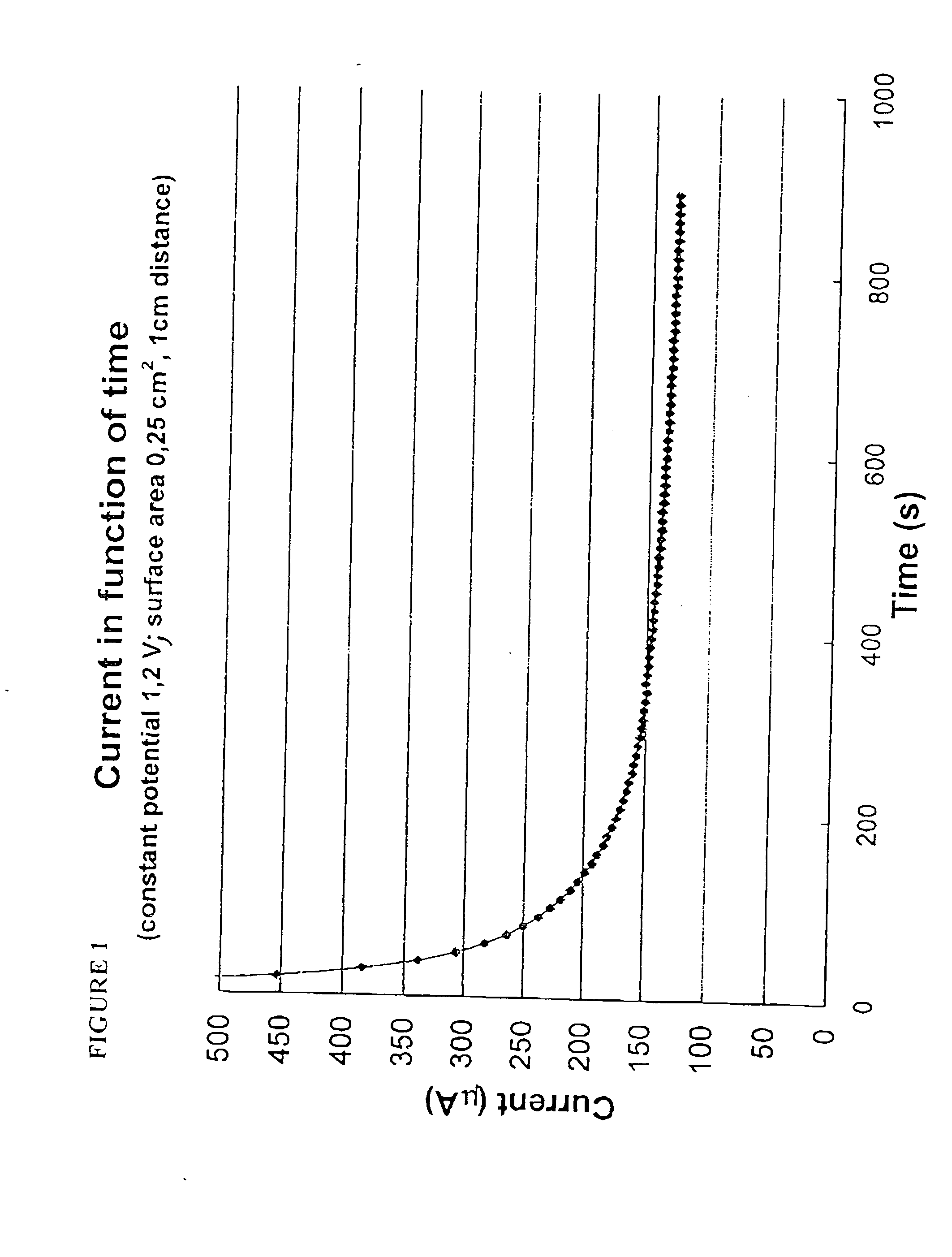Corrosion inhibiting compositions and methods for fuel cell coolant systems
a fuel cell and composition technology, applied in the field of corrosion inhibition compositions and methods for fuel cell coolant systems, can solve the problems of mild aggression to magnesium, insufficient protection levels for magnesium, and long life of coolants and fluids, so as to improve heat transfer, reduce the effect of electrical conductivity and high electrical conductivity
- Summary
- Abstract
- Description
- Claims
- Application Information
AI Technical Summary
Benefits of technology
Problems solved by technology
Method used
Image
Examples
Embodiment Construction
The present invention relates to applications where low electrical conductivity is a requirement. In particular, a corrosion inhibitor and heat-transfer fluid is described for use in heat-transfer applications requiring good thermal conductivity combined with low electrical conductivity. Examples of applications are: fuel cell systems, electric motors, generators, battery packs, telephone transmission stations, radio and television broadcast stations, relay stations, electrical heating and cooling devices, and other electrical or electronic tools or equipment requiring cooling or heat-transfer. The corrosion inhibitor comprises one or more carboxylic acids or carboxylic acid salts, selected from C5-C18 monocarboxylic and / or dicarboxylic acids or aromatic carboxylic acids or mixtures thereof. Preferably the amine salts of the carboxylic acids are selected. This includes one or more of the following acids or isomers thereof: hexanoic, heptanoic, isoheptanoic, octanoic, 2-ethylhexanoi...
PUM
| Property | Measurement | Unit |
|---|---|---|
| volume percent | aaaaa | aaaaa |
| volume percent | aaaaa | aaaaa |
| electrical conductivity | aaaaa | aaaaa |
Abstract
Description
Claims
Application Information
 Login to View More
Login to View More - R&D
- Intellectual Property
- Life Sciences
- Materials
- Tech Scout
- Unparalleled Data Quality
- Higher Quality Content
- 60% Fewer Hallucinations
Browse by: Latest US Patents, China's latest patents, Technical Efficacy Thesaurus, Application Domain, Technology Topic, Popular Technical Reports.
© 2025 PatSnap. All rights reserved.Legal|Privacy policy|Modern Slavery Act Transparency Statement|Sitemap|About US| Contact US: help@patsnap.com



